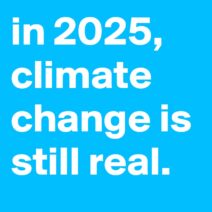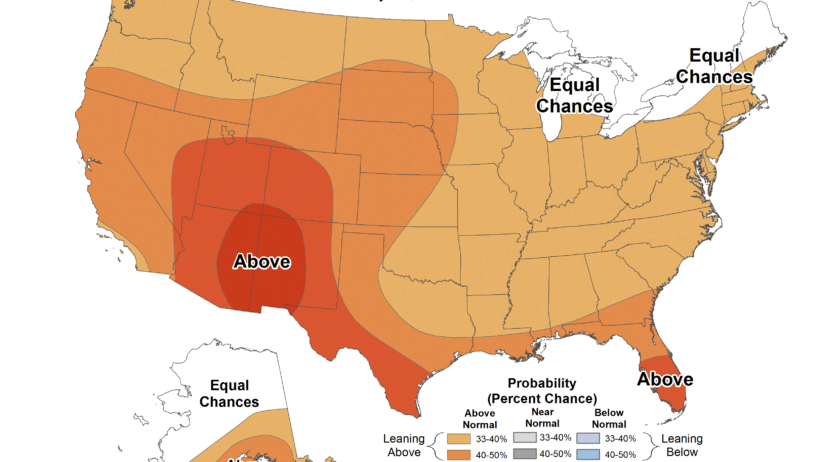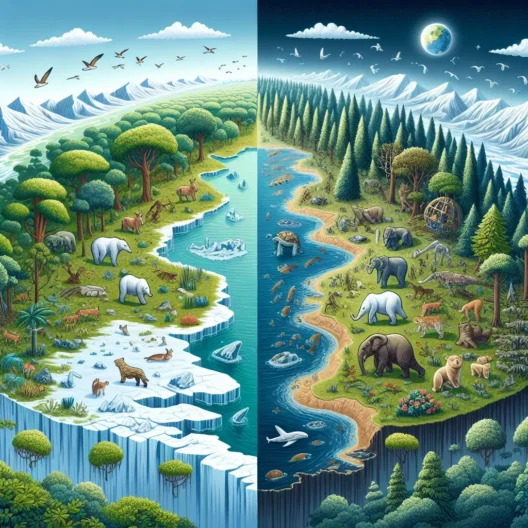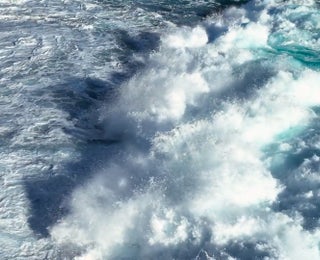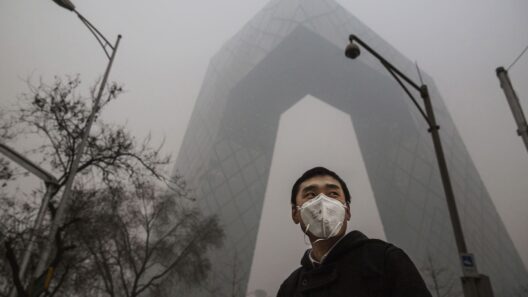Washington State, an epitome of ecological diversity, is ensconced in the lush embrace of the Pacific Northwest. The climate here is both a paradox and a rich tapestry woven with intricate threads of meteorological phenomena. From the evergreen canopies that grace the landscape to the gentle sea breezes that waft in from the Pacific Ocean, the climate of Washington State is as multifaceted as its geography.
At first glance, one might perceive Washington as a rainy, dreary land. While it is often shrouded in clouds and mist—especially in the western regions—the reality is far more nuanced. The yearly precipitation and temperature vary dramatically across the state due to an interplay of elevation, proximity to the ocean, and prevailing winds. This leads to an astonishing variety of microclimates, each possessing its own unique characteristics.
In Western Washington, the climate can be classified as a temperate maritime climate. The coastal areas benefit from the mitigating influence of the ocean, which lends a relatively mild climate compared to the interior. Summers are usually warm but not excessively hot, with temperatures averaging around 70°F to 80°F (21°C to 27°C). The autumn months bring crisp air and a bouquet of colors, while winters can oscillate between pleasantly cool and damp, with rain most likely cascading from November through March.
However, the charming rains of Western Washington are not merely a nuisance; they nourish the splendid vegetation that gives the state its epithet of “Evergreen State.” The lush coniferous forests—home to towering Douglas firs, stately sitka spruces, and the ubiquitous western red cedar—flourish in these conditions. It’s a paradise for anyone who appreciates the serene beauty of nature. The gentle yet persistent rains serve as a vital lifeblood, sustaining the lush undergrowth and creating a verdant ecosystem teeming with life.
Moving eastward towards the Cascade Mountains, one enters a realm where precipitation patterns undergo dramatic alterations. The rain shadow effect comes into play here, where moist air from the Pacific is expelled as precipitation on the western slopes of the Cascades. As the air ascends, it cools, condensing into precipitation, while the eastern slopes bask in an entirely different climate. This creates a semi-arid environment characterized by lower annual rainfall and a stunning contrast of landscapes between the two sides of the mountains.
The eastern plateau of Washington transitions into shrub-steppe prairie, with scads of wheat fields and expansive grasslands dotted with sagebrush. This region experiences four distinct seasons, with hot summers that can rank as high as 100°F (38°C) and frigid winters that often plunge below freezing. The climate here has fostered a robust agricultural landscape, making it a cornerstone of the state’s economy.
As one traverses further north, the climate can vary significantly again. The northwestern panhandle, wrapping around the Olympic Peninsula, has its own distinctive traits that stem from microclimates. Coastal areas are rife with fog, and temperatures remain moderate due to seawater influences. Conversely, the Olympic Mountains create an ecosystem unlike any other, with alpine climates at higher elevations producing stunning weather conditions that can shift dramatically even within a single day.
This stark variability is crucial for the state’s biodiversity; it harbors over 400 species of vertebrates and numerous flora that thrive in diverse microenvironments. Amphibians, birds, and mammals call these habitats home, showcasing the rich ecological mosaic defined by Washington’s climatic conditions.
Furthermore, the impact of climate change cannot be overlooked in discussions about Washington’s climate. The Pacific Northwest is witnessing shifts in weather patterns, temperature fluctuations, and altered precipitation trends. While some regions may experience increased rainfall, others face aridity that threatens water resources and agricultural productivity. The increasing frequency of extreme weather events—from droughts to heavy snowfall—poses challenges that demand urgent attention.
Washington’s residents are increasingly becoming aware of these impending changes. Communities are actively working to mitigate climate impacts by implementing sustainable practices and supporting conservation efforts. The notion of becoming environmental stewards is gaining traction among locals, transforming how they understand and interact with their ecosystems. This paradigm shift emphasizes the importance of maintaining a delicate balance with nature—essential for the sustainability of both the environment and human health.
Coastal towns like Seattle and Tacoma are not only bastions of economic attraction but also serve as frontline witnesses to climate variability. Local organizations are spearheading initiatives to combat climate change’s repercussions, showcasing the importance of education, advocacy, and community engagement. The collaborative spirit underscores the commitment to preserving the state’s natural beauty against the tide of a changing climate.
In summary, Washington State offers a splendid climatic array characterized by evergreen rains and refreshing Pacific breezes. The interplay between its geographical features largely dictates the climatic nuances found in various regions, creating a rich environment ripe for ecological diversity. As residents and advocates for environmental sustainability face the challenges posed by climate change, the spirit of innovation and resilience prevails. Embracing the enigmatic climate of Washington offers not only a deeper appreciation for its natural wonders but also prompts critical reflections on our role as guardians of the planet.

